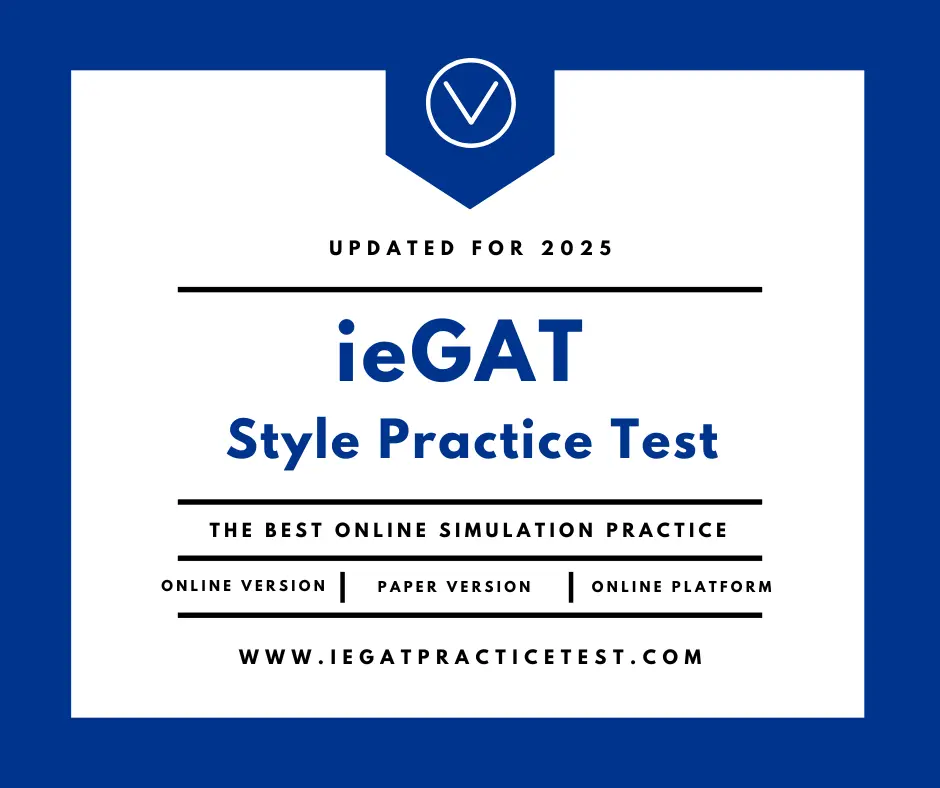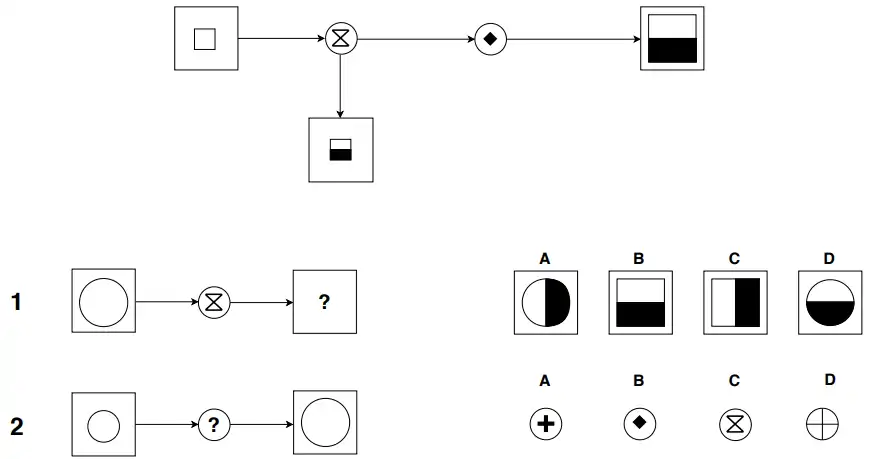
ieGAT Premium Pack
This all-in-one pack is our most recommended option, as it includes both existing versions of the ieGAT: the original paper version and the new online version powered by Aon/cut-e. All tests are accessible on our online platform, including the Paper and Pen version. This preparation simulates all the types of exercises you may face during your IE University admission process. Practicing with us gives you every opportunity to succeed and secure your admission.
Included in this pack:
Paper and Pen Version (on the online platform):
✔️ 1 verbal & numerical reasoning test (36 questions)
✔️ 2 diagrammatic reasoning tests (15 questions each)
Online Version:
✔️ Verbal reasoning: 3 tests of 49 questions
✔️ Inductive reasoning: 2 tests of 20 questions and 3 tests of 12 questions
✔️ Deductive reasoning: 3 tests of 10 questions
✔️ Numeracy: 1 test of 50 questions
✔️ Information handling: 1 test of 15 questions
Total: over 300 questions
Online Platform Access:
✔️ Format similar to the official test interface
✔️ Timed simulations
✔️ Up to 10 attempts per test
✔️ Full explanations after each session
✔️ Test reports with detailed statistics and complete solutions
✔️ Unlimited access - no expiration
🎉 2026 Promotion: enjoy 10% off with code IEGAT2026
59 € 89 €

